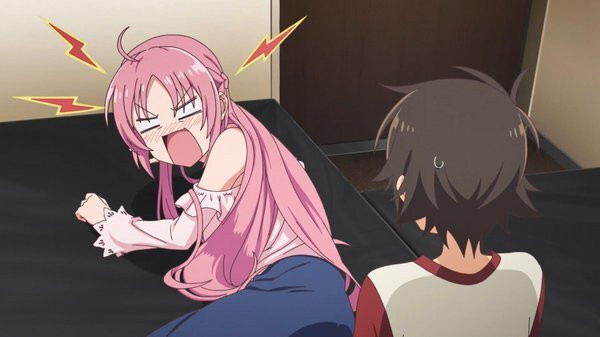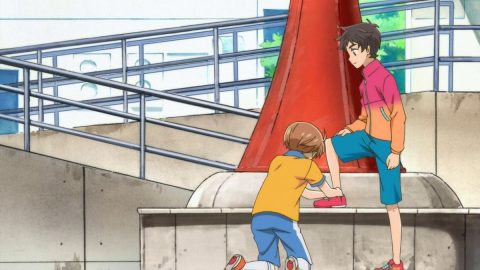The Gundam series has been popular with the public for over 40 years since the original Gundam was broadcast, and this year a large lineup of video works has been produced, including the theatrical release "Mobile Suit Gundam: The Island of Cucuruz Doan" and the TV animation "Mobile Suit Gundam: The Witch of Mercury." Many readers may have only recently become interested in the Gundam series. So, in this article, we'd like to introduce the appeal of the Gundam series, one of the greatest masterpieces of Japanese anime, and why it continues to be loved by so many fans! By learning about the appeal of the Gundam series in the first place, you'll also learn about the appeal of "Mobile Suit Gundam: The Witch of Mercury," which will be broadcast this year, so be sure to check it out!
A Thoroughly Realistic Depiction of War
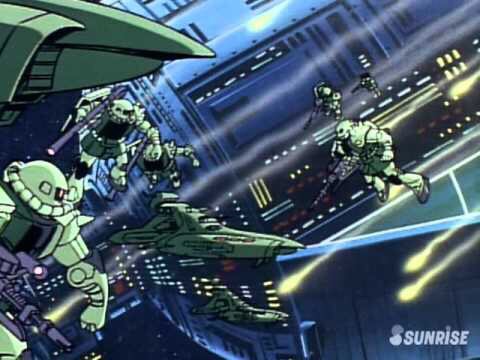
First of all, if you were to ask, "What is the greatest appeal of the Mobile Suit Gundam series?" the first thing that must be mentioned is that, unlike typical robot anime, Gundam depicts overwhelmingly realistic robot wars. Let's keep this one point in mind when talking about the appeal of the Gundam series.
A War Without Good and Evil
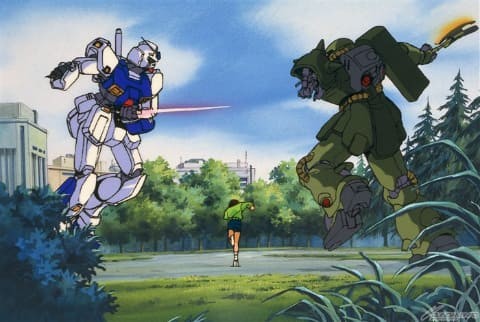
While a typical robot animation typically features an evil organization and the protagonist and other heroes fighting against it, Gundam does not have a concept of good and evil. Because the conflicts in the Gundam world are wars, neither side is in the wrong. It's this lack of good versus evil depiction that adds depth to Gundam stories.
Predicting the Future of Humanity

The Gundam series depicts a near-future world known as the "Universal Century." Not only does it satirize the modern world, but it also seriously speaks to us about the future of humanity: what kind of world will it become if modern society continues on its current path?
The sci-fi setting is brilliant!!
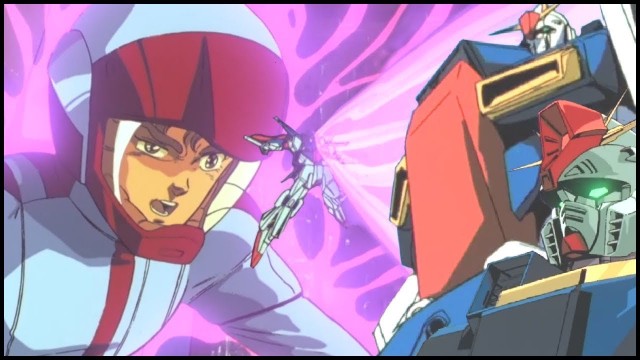
The Gundam series gained popularity due to its thoroughly realistic depictions, unlike typical robot anime. It also attracted attention not only for its realistic depictions of battles and nations, but also for its depiction of the near future, and the sci-fi setting introduced in the Gundam series has had a profound influence on subsequent works.
Newtype
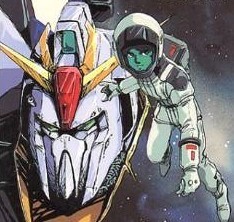
Among the science fiction settings in the Gundam series, the "Newtype" setting has received particularly strong praise. The Gundam series' ingenuity is the introduction of a new human race known as "Newtypes" in a world where the Earth's rapid environmental deterioration has forced the majority of the population to migrate to space.
Will Newtypes rule humanity? ?

In a world where humanity has expanded into space, the idea is that "maybe humanity's expansion into space will result in some kind of evolution?" This Gundam series' concept is that humanity will have new senses, and a new race of people known as "Newtypes" will emerge and come to dominate humanity.
Minovsky Particles

Furthermore, Gundam answers the biggest weakness of mecha anime: "Why do we fight with robots?" by using the sci-fi setting of "Minovsky particles."
Explaining the Need for Mobile Suits with Minovsky Particles

In the world of Gundam, "Minovsky particles" have been discovered that disrupt communication signals, making long-range missile combat impossible. As a result, melee combat between robots in space has become the norm.
Realistic Settings and Gundam

As such, the Gundam series features incredibly complex settings for a robot anime of the time, bringing realism to the robot battles in the show. The enemy is also an enemy in the war, so they are not absolute evil, and even if they win the war, it does not end happily. This makes it a robot animation with a mature flavor.
Looking into society in the 1980s makes Gundam even more enjoyable!!
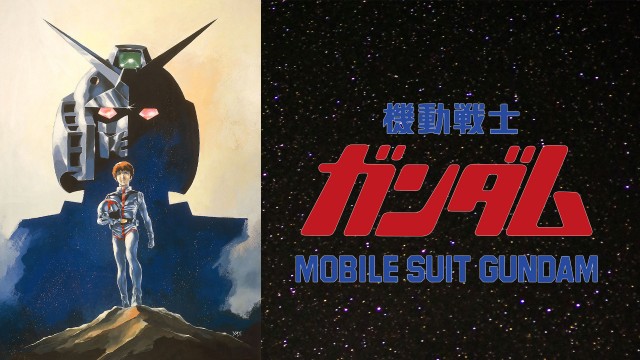
To gain a deeper understanding of the Gundam series, it's important to understand the social context in which it was created. From here, I'd like to introduce Japan from the late 1970s to the early 1980s, the era that gave birth to the Gundam series.
A Generation That Doesn't Know War

The late 1970s marked more than 30 years since Japan's defeat in the war. Until then, the generation that experienced the war had been responsible for rapid economic growth and the Tokyo Olympics. However, this was an era in which that generation had passed the baton to a generation that did not know war, and they were beginning to play an active role as young people.
Student Struggle and the Japan-US Security Treaty

Young people at the time had strong resentment toward the security provided by the Japan-US alliance and the government of the time. As a result, anti-government movements became more active, primarily among young students, and student protests became a form of rebellion against the government. This anti-government trend is strikingly similar to the rebellion of space settlers against the corrupt Earth Federation government in the Gundam series. It's ironic that, just like the student protests, the space settlers' rebellion was ultimately suppressed.
A Generation That Considered "What is War?" From a Distance

As such, creators active in the late 1970s and early 1980s were able to take a step back, think about their country, and take proactive action precisely because they had no experience of war. In addition to Gundam director Tomino, director Hayao Miyazaki also belongs to this generation. Miyazaki's Ghibli works often portray similar ideas to those in Gundam, and these ideas could be said to have been common among intellectuals of the era.
And on to Gundam
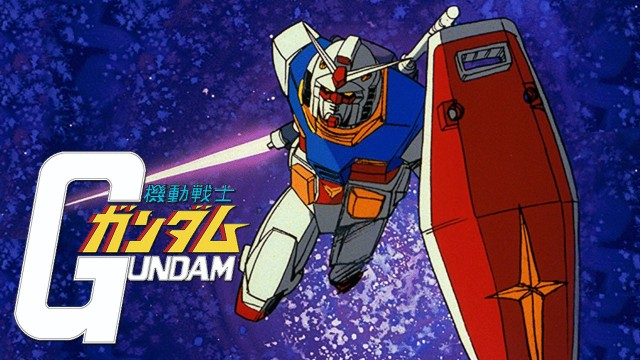
With this historical backdrop in mind, the Gundam series depicts war in great detail. It's a work that depicts the soulful cry of young people in the late 1970s who, despite knowing nothing about war, said, "That's why we have to take a step back and say what we want to say without fear!"
Gundam was groundbreaking

Up until then, robot-themed works were strictly for children, not for the purpose of expressing the views of young people. Furthermore, realistic depictions of war were taboo, as they could hinder children's healthy development. Despite these taboos, the Gundam series was fearlessly packed with statements it wanted to make, and this was perhaps the greatest factor that made it groundbreaking at the time.
Despair toward a society that student protests could not change
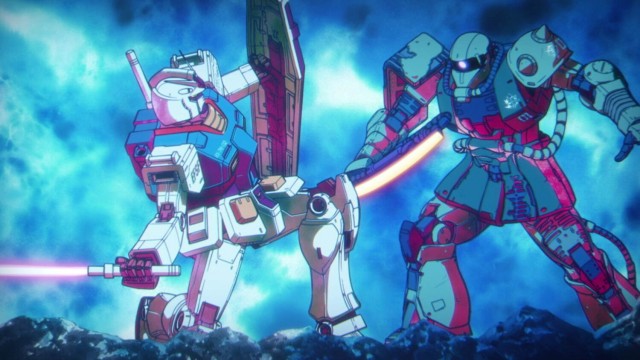
When you think about it like that, the question of "Why aren't the enemies portrayed as bad in the Gundam series?" is answered. In the Gundam series, the enemy space immigrants, who are part of the Federation, are burdened with negative feelings that the directors and production staff felt because they were unable to change them through student protests. From the production staff's perspective, they represent their own failed past selves, so there's no way they can write negatively about them.
Char Aznable as the grudge of the youth of the time

It's often said that Char Aznable, the most core villain, is director Yoshiyuki Tomino himself, and a projection of the young people of the time who failed to change society through student protests. This is why Char Aznable was so passionately supported by the young people of the time.
The protagonist is on the side of the Federation, not Zeon

When you think about it like that, you can see how interesting it is that the protagonist of this work is on the side of the Earth Federation government, not Zeon. While it might have been better for the generation at the time if the enemy was the semi-Federation, Gundam resonated so strongly with young people at the time, precisely because the story depicts the enemy as a projection of themselves, and they are ultimately defeated.
A link to modern society!! The continuing grudge of Zeon!!

Furthermore, the Zeon faction never perishes in the Gundam series. No matter how many times they are defeated by the Federation, they reappear as enemies in different forms. This depiction of never-ending battles is also a good reflection of modern society.
Gundam's stance remains unwavering, even in the latest installment
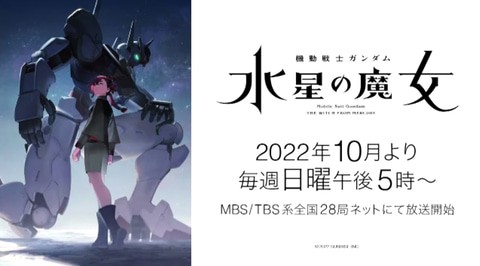
As such, the Gundam series focuses on the will to fight against existing large organizations and accepted values. As a result, unlike typical robots, the series is much more assertive. This characteristic of the Gundam series will likely remain unwavering in the latest installment airing this year.
Gundam as a Philosophical Text
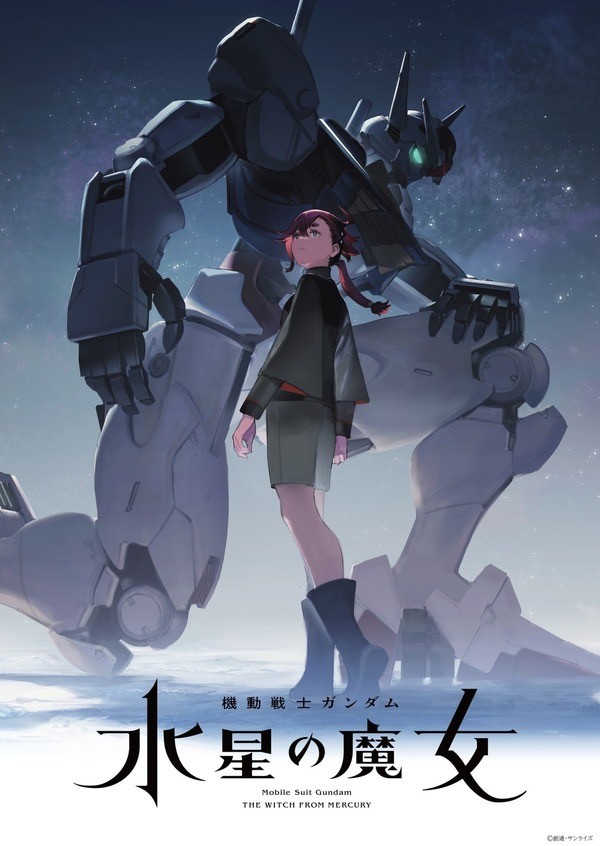
As a result, Gundam is not just an anime, but a kind of philosophical text that portrays the views of young people in each era. I'm excited to see what young people's views will be portrayed in this year's Gundam.
Summary
What did you think? In commemoration of the announcement of "Mobile Suit Gundam: Witch of Mercury," we introduced the appeal of the Mobile Suit Gundam series. Did you understand why this work, known as a milestone in Japanese robot animation, is so popular with young people? There's no doubt that this work's role as a voice for young people will be carried over to Mobile Suit Gundam: The Witch of Mercury, so be sure to keep that in mind.

